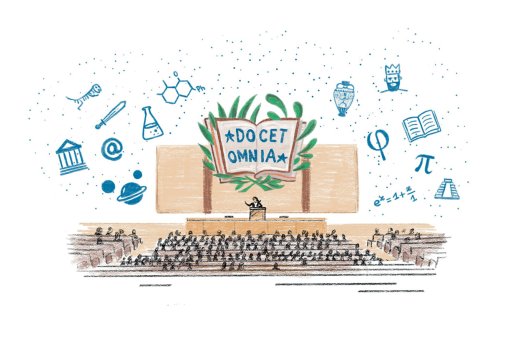
Free of charge and open to the general public, the exhibition in the grand foyer of the Collège de France will feature some sixty items dating from ancient Egypt to the early Middle Ages, presenting the history of what for several millennia was the essential medium for writing throughout the Mediterranean region.
In addition to a papyrus from Herculaneum that survived the eruption of Mount Vesuvius, and a decision by the Byzantine emperor Theodosius II, the exhibition also features masterpieces illustrating the use of papyrus in France, such as the deeds of Dagobert and Clovis II.
This is the first time that the history of papyrus will be retraced in all its chronological extension, from Pharaonic Egypt to the Middle Ages, and geographically, from Egypt to Byzantium and Rome, from Brittany to Afghanistan, thanks to the reunion of little-known pieces from public and private collections. Guided tours and lectures will also punctuate the six-week exhibition, which will be accompanied by a richly illustrated 200-page catalog written by leading specialists.












